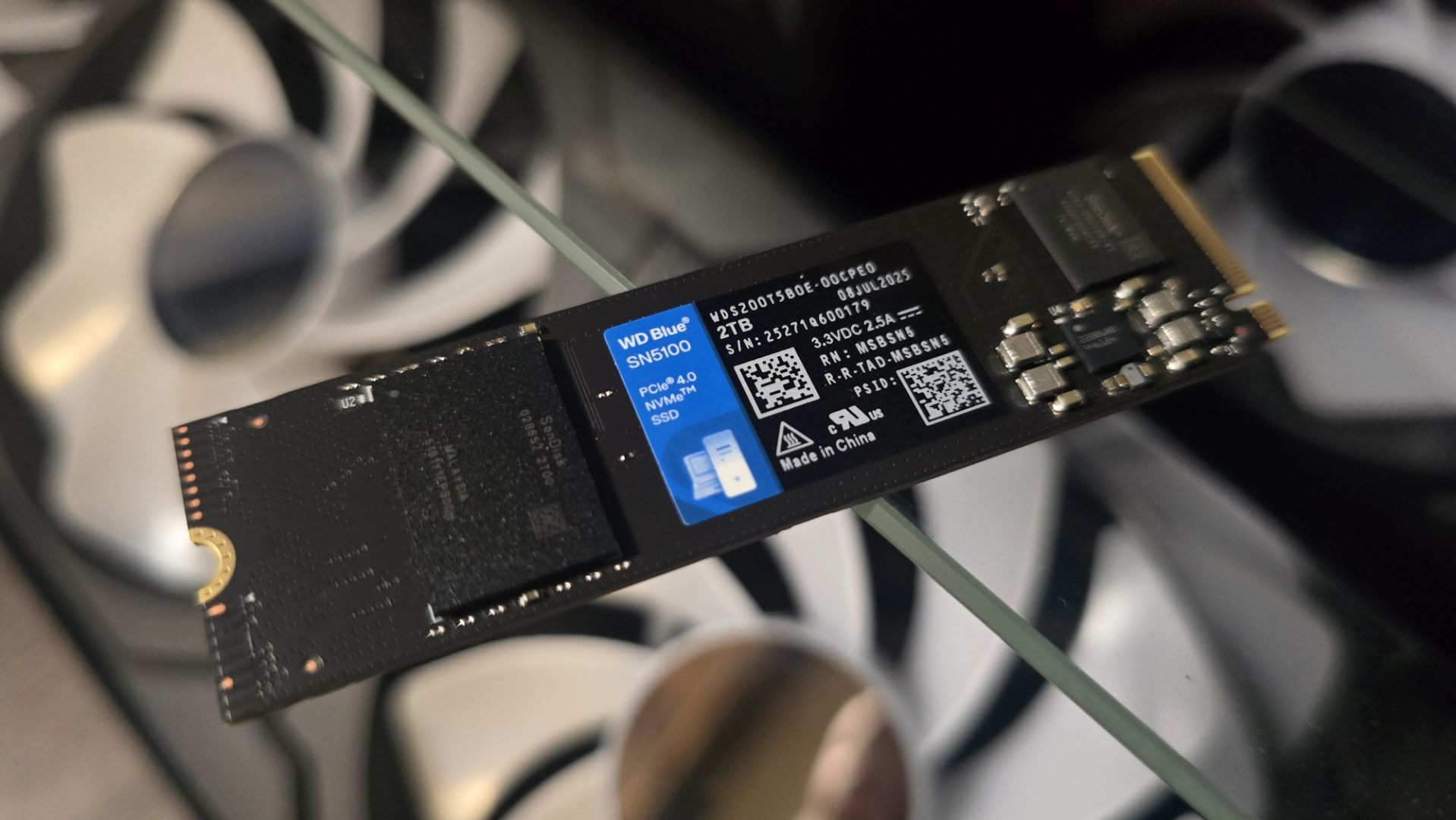'You're going to need more electricity than any human beings ever... Jensen, you're gonna have to explain that to me someday' says Trump to Nvidia's CEO as he rolls out his AI expansion plan
'Double what we produce right now for everything, right?'
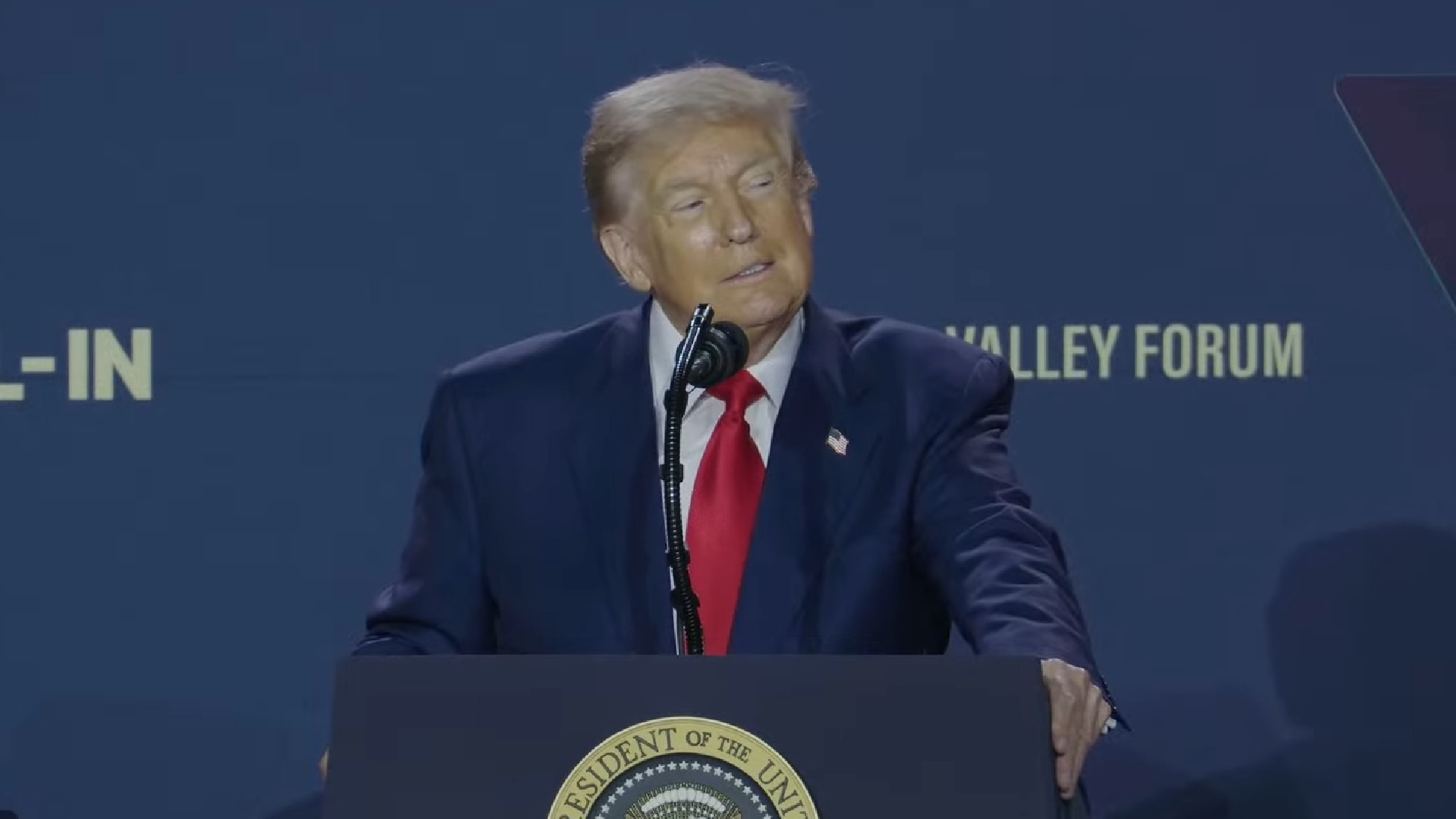
US President Donald Trump delivered the keynote speech at a summit in Washington DC yesterday entitled "Winning the AI Race", in which he discussed his newly-announced AI action plan. Addressing the crowd on a variety of topics, Trump singled out his apparent disbelief at the power requirements needed to build his AI vision of the future.
"We wanna have very inexpensive electricity, so that you can power up the plants. You're going to need more electricity than any human beings ever in the history of the world" said Trump. "When I heard what you really need, I said you gotta be kidding me.
"Double what we produce right now for everything, right? Jensen, you're gonna have to explain that to me someday, why they need so damn much. Couldn't you do it with a little bit less? My father always used to say, 'turn off the lights son.' But you guys are turning up the lights."
President Trump's reaction at the level of power needed for AI data center expansion is well-warranted, if his estimate proves to be correct. According to the US Energy Information Administration, in 2023 the US produced 4,178 billion kWh of electricity, 60% of which came from fossil fuels, 21.4% from renewable sources like wind and solar power, and 18.6% from nuclear power plants.
Doubling that figure would be a truly monumental task. It's not clear if Trump was referring to the sum total of what is needed for data centers alone, ie double the current US output just for AI expansion, or whether his estimates include existing US power requirements in the mix.
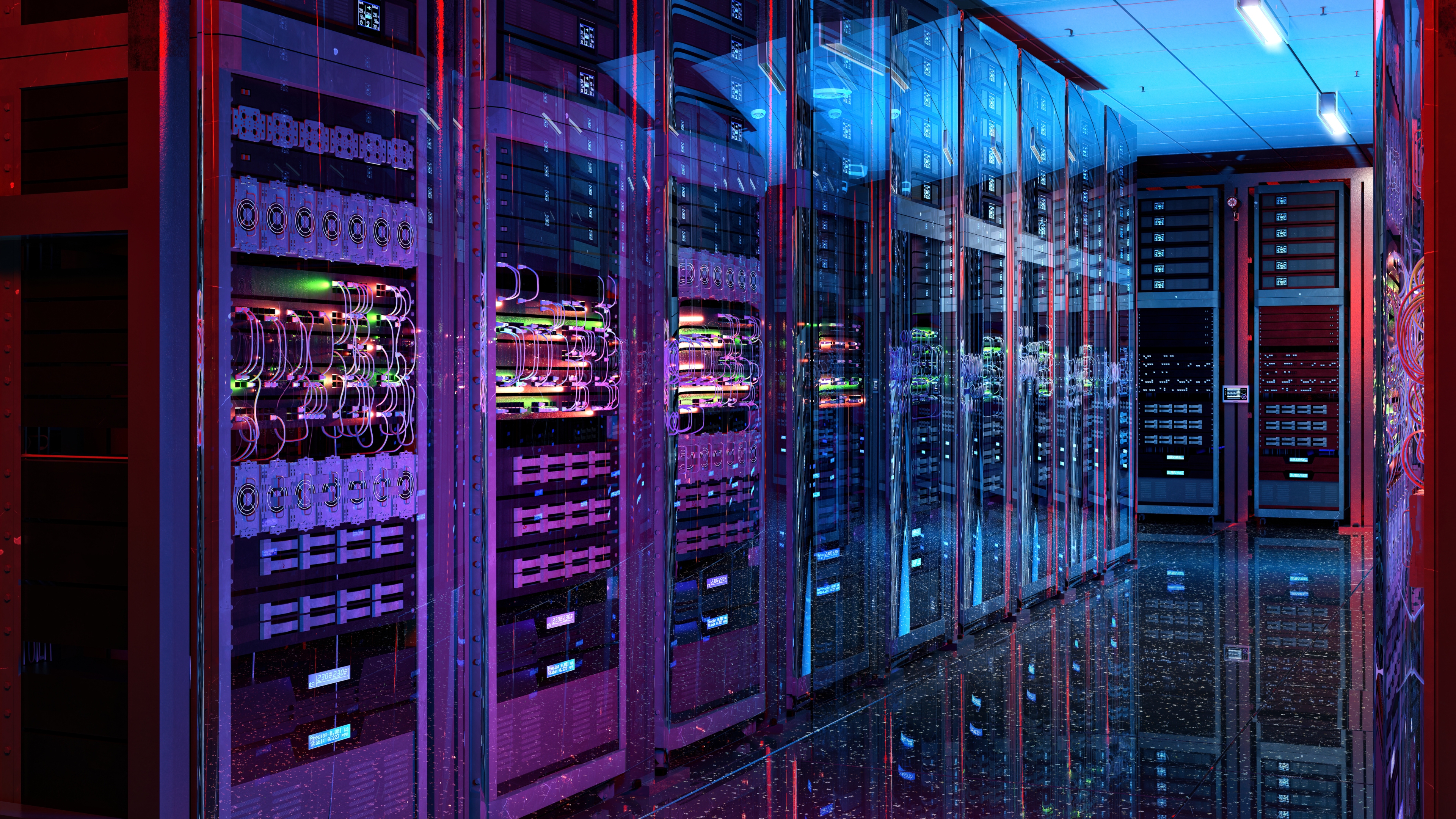
Whichever, it's still a staggering amount of juice, and it's difficult to see how the US power grid could be quickly expanded to meet that sort of demand. While the second point of Trump's AI plan includes a proviso for "creating new national initiatives to increase high-demand occupations like electricians", the US is going to need more than a few extra sparkies to double its output.
"We will be adding at least as much electric power as China" he later continued. "Every company will be given the right to build its own powerplant, and you are essentially going to become your own utility."
Keep up to date with the most important stories and the best deals, as picked by the PC Gamer team.
Of course, President Trump has been known to speak in hyperbole, so perhaps that double-power-usage estimate should be taken with a pinch of salt. That being said, these new data centers will have to be powered by something, even if that doubled figure is an overstatement. Nvidia's new Blackwell AI GPUs can draw up to 1200 W each depending on the configuration, while the ever-popular H100 GPUs used in many data centers top out at 700 W a piece. Multiply that by the ever-increasing numbers hooking into the grid, and boy is that a lot of juice coming down the wires.
Nvidia CEO Jensen Huang also spoke at the summit later that day with a reference to the President's plans. "We can't create new industries without energy. You can't reshore manufacturing without energy. You can't sustain a brand-new industry like artificial intelligence without energy," he said.
"If we decide, as a country, the only thing we want is IP—to be an IP-only, a services-only country—then we don't need much energy. But if we want to produce things, something as vital as artificial intelligence, then we need energy."
Prior to his comments, Trump credited US secretary of the interior Doug Burgum with "producing low-cost energy" stating that "we're down to $64, I want to get it down a little bit further if we can... I don't know if the oil companies love that or not, but we wanna have very inexpensive electricity."
US power demands were already expected to grow by 2% over the 2025-2027 period, and while renewable power plants continue to expand, it's difficult to see how huge amounts of extra capacity could be added to the system in a short period of time.
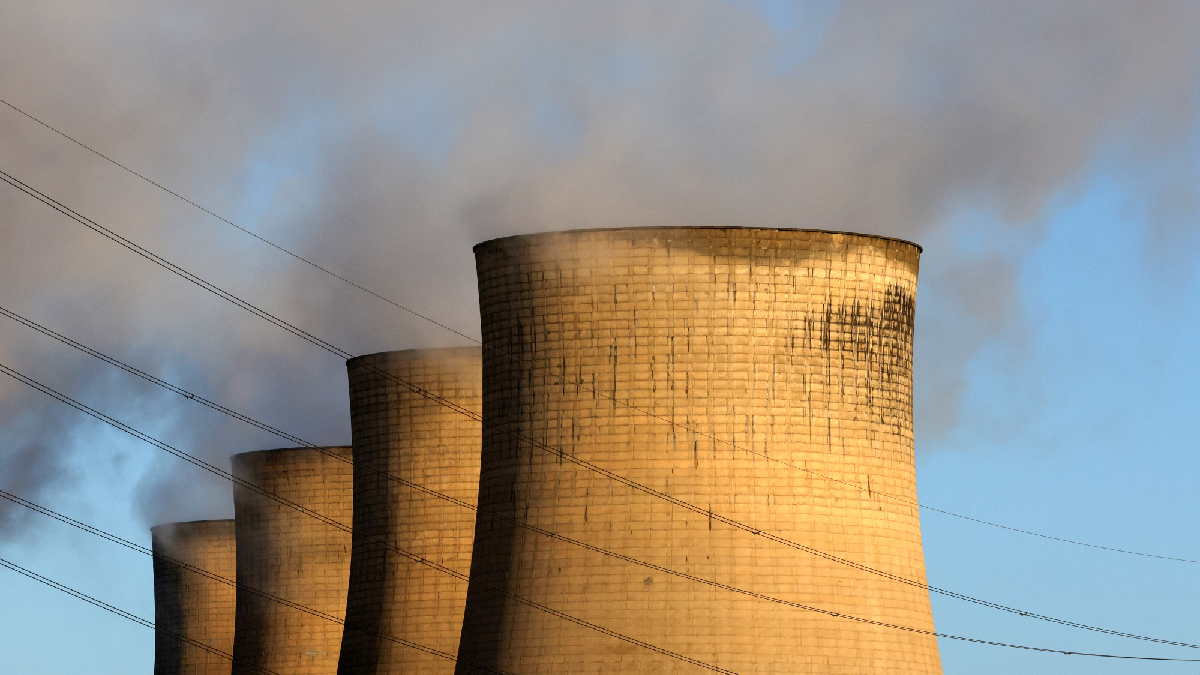
That being said, clean energy expansion proposals put into place by the Biden administration appear to be bearing fruit. Wind and solar power is estimated to have overtaken coal electricity production in 2024, reaching a record 17% of US electricity production at its peak, while states like California and Nevada were said to have surpassed their 30% annual share of solar in their electricity mix in the same year. However, while this rate of expansion is admirable, US power companies continue to announce the closure or gas conversion of coal-powered plant facilities.
Perhaps nuclear is the answer, then? "In May, I also signed an executive order to rapidly begin the construction of safe, reliable nuclear reactors," Trump said later in his speech. "Some of you are going to choose nuclear over oil and gas."
New York recently announced it would be building a the first major new US nuclear power plant in 15 years, so maybe this is merely the beginning of a new wave of nuclear facilities to power all these AI data demands.
Even with these plans, however, the new plants would need to built at an astonishing pace to keep up with the vast numbers of AI GPUs coming online in new facilities currently under construction by Meta, xAI, OpenAI, and others. A new nuclear power plant is said to take over five years to build, so it looks like the ground will need to be broken very soon to have a hope of meeting demands.
In the meantime, if you're a US resident, it might be time to consider turning out the lights a little earlier. Every little helps, right?
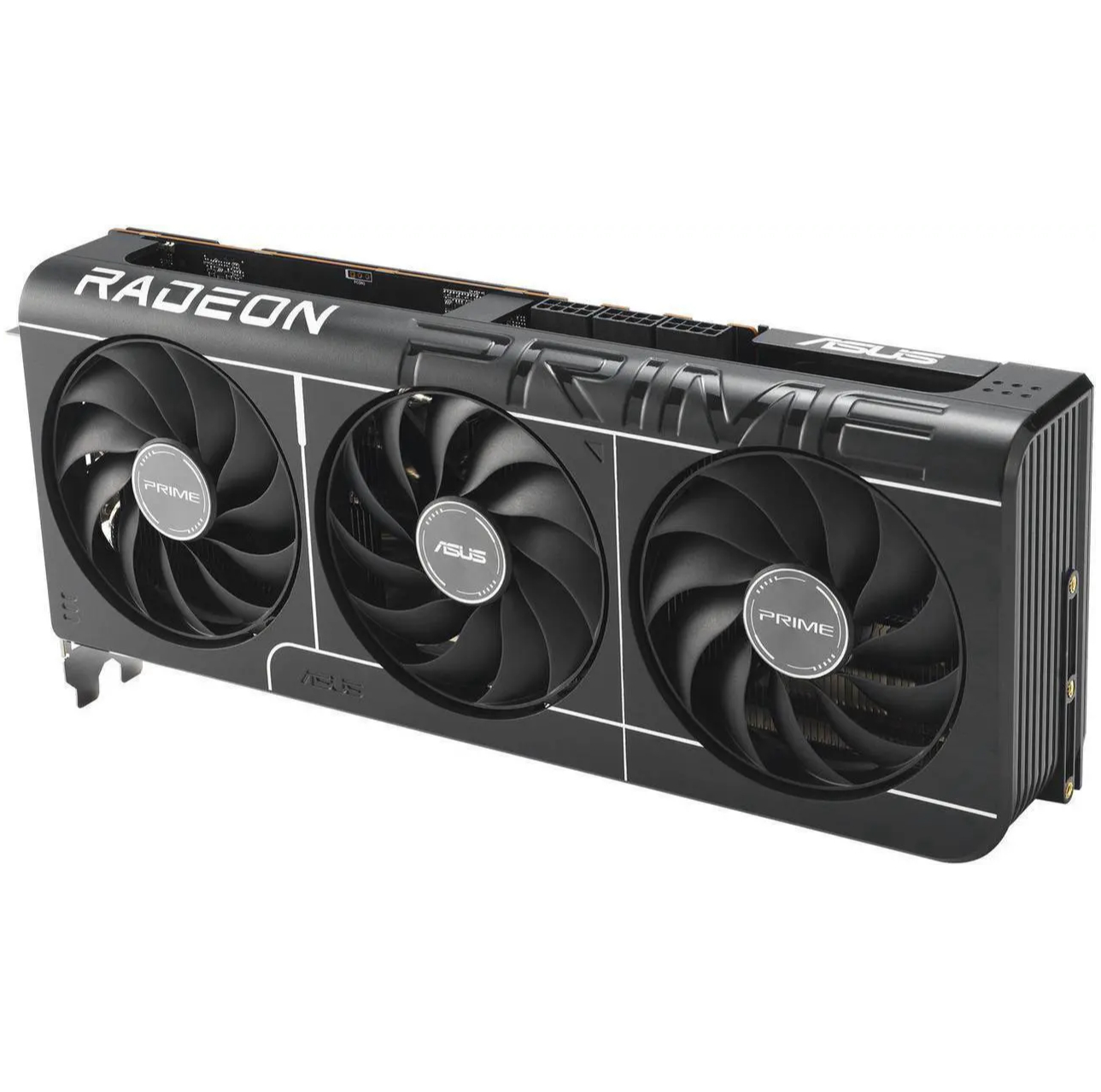
1. Best overall: AMD Radeon RX 9070
2. Best value: AMD Radeon RX 9060 XT 16 GB
3. Best budget: Intel Arc B570
4. Best mid-range: Nvidia GeForce RTX 5070 Ti
5. Best high-end: Nvidia GeForce RTX 5090

Andy built his first gaming PC at the tender age of 12, when IDE cables were a thing and high resolution wasn't—and he hasn't stopped since. Now working as a hardware writer for PC Gamer, Andy spends his time jumping around the world attending product launches and trade shows, all the while reviewing every bit of PC gaming hardware he can get his hands on. You name it, if it's interesting hardware he'll write words about it, with opinions and everything.
You must confirm your public display name before commenting
Please logout and then login again, you will then be prompted to enter your display name.

